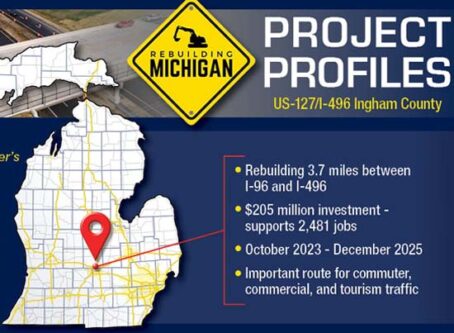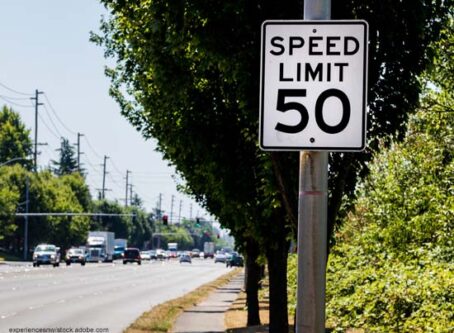Pursuit of time changes approved in two states
Actions taken at statehouses along the western and eastern seaboards seek to permit states to decide for themselves how to set their clocks.
California ballot question
Voters in California will decide this fall whether they are interested in abandoning the state’s observance of time changes. Specifically, a ballot question will ask voters to consider eliminating the practice of switching clocks throughout the state twice annually.
The question is being added to the statewide ballot after the California Legislature and Gov. Jerry Brown approved legislation, AB807, to let voters weigh in on the issue.
“If passed, it will – albeit through a circuitous path – open the door to year-round daylight saving,” Gov. Jerry Brown wrote about the effort.
Currently, Arizona and Hawaii are the lone states not to take part in time changes. The two states do not recognize daylight saving time. Neither do the United States’ five populated territories.
Federal law does not require states to observe daylight saving time, but if they choose to follow the time change they must adhere to the dates set.
In 1949, California voters approved a proposition to conform with federal guidelines and adopt daylight saving time in the spring and summer months.
Proposition 7 on this fall’s statewide ballot will ask voters to repeal the 70-year-old proposition.
The U.S. Department of Transportation states that daylight saving time is observed because it saves energy, saves lives and prevents traffic injuries, and reduces crime. Advocates add the extra daylight in the morning is beneficial for schoolchildren and farmers.
Critics counter the time changes may have been useful for some during a bygone era but it provides little if any real benefit.
“It’s time for a change,” stated Assemblyman Kansen Chu, D-Milpitas.
If California voters approve Prop. 7, they will authorize the Legislature to take action to eliminate the time switch and potentially make the move to daylight saving time all year.
A new bill would be required for passage with two-thirds support in both statehouse chambers. The governor – not Gov. Brown, who leaves office in January – must also endorse the change.
If the above steps are taken federal authorization would be the final phase necessary to make the change.
Failure to gain federal approval would not necessarily derail the state’s pursuit of a time switch. Another option for California would be to join Arizona and Hawaii on standard time year-round, which does not require congressional consent.
Florida’s time change pursuit
Gov. Rick Scott has signed into law a bill to stay on daylight saving time all year.
HB1013, also known as the “Sunshine Protection Act,” states that, if Congress amends U.S. code to permit states to observe year-round daylight saving time, it is the intent of the Florida Legislature that “daylight saving time shall be the year-round standard time of the entire state.”
Northwest Florida is in the Central time zone. The rest of the state observes Eastern time.
Federal pursuit of time change
Two efforts underway in Congress would open the door to permitting states to act on their own for time changes.
U.S. Sen. Marco Rubio, R-Fla., has two bills to make the change to daylight saving time year-round permanent. One bill would apply solely to Florida. The second bill would make daylight saving time all year for the entire country.
Similarly, U.S. Rep. Rob Bishop, R-Utah, has introduced a bill to permit states to decide how they will observe daylight saving time.
“The range of industry and lifestyle is so varied across our country, it only makes sense for states to have the ability to set their watches the way they best see fit,” Bishop said.









